I’m infected with the collecting bug, which I probably acquired at conception. I don’t think it’s contagious. In short, I surrendered to my genes, those authoritarian despots. They made collecting an expression of my character. While I am a collector, my sister Jephta isn’t, despite having the same parents and being raised in the same environment. We may be siblings, but our genes are not identical. I presume that the genetics of collecting depend on subtle interactions of genes; we have a long way to go before we understand that. For now, simple descriptions must suffice.
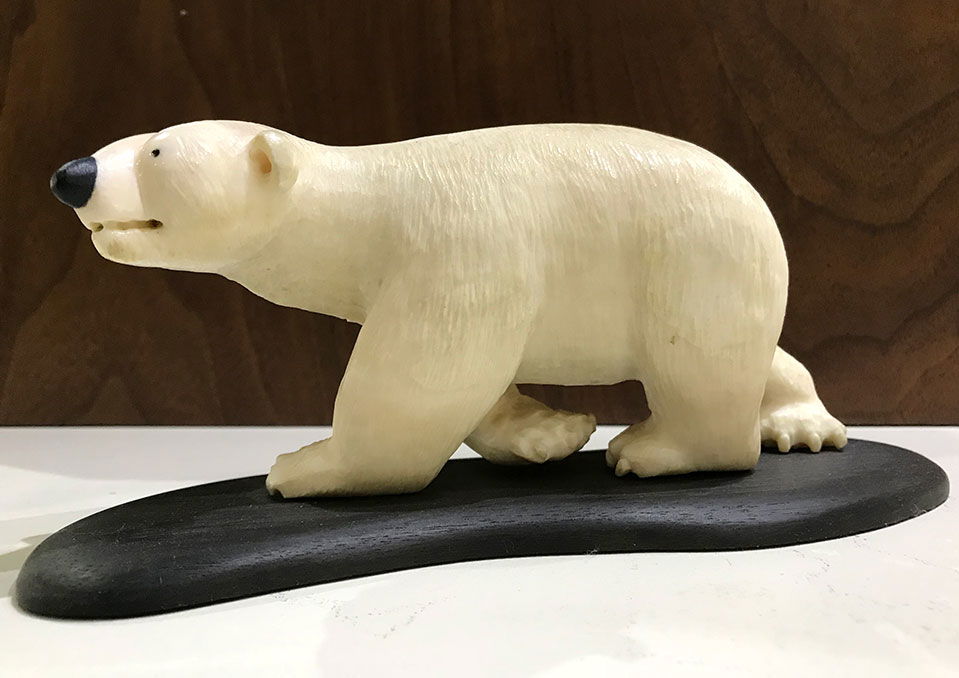
Inuit bear, by Dennis James-Gambell, St. Lawrence Island, Alaska
Collectors have a drive to fill their own jars, and that is not limited to acquiring objects. Collecting can be part of a lifestyle, a way we see our world. In college, I considered my science courses a collection of knowledge in biology, and later as a researcher, I viewed my published articles as a collection focused on my specialty in the lens. I collected antique firearms as a teenager, and now I collect pens.
Collectors include birders who list the species they’ve observed in the wild, and tourists who collect countries they’ve visited, and socialites who brag about the number of celebrities they’ve met, and lovers who fill notebooks with the names of those they’ve seduced. My friend Stanton collects anything to do with schnauzers, only schnauzers, no other dogs. These people are all collectors, like me. They have the bug. We don’t ask, “How much is enough?” because we know the question has no answer. Collectors collect, everything.
The collecting bug can be expressed early. My preteen granddaughter Sivan collected the broken graphite tips of pencils. My 11-year-old grandson Reuben collects stones and gems and other things.
I’ve been collecting Inuit sculptures for almost thirty years.
My collecting Inuit art started accidentally, not by design or inheritance, when I was in my late forties. After spending the day skiing with my wife Lona and two sons in Vail, Alaskan and Inuit carvings displayed in the window of the Alaskan Shop attracted my attention. I ambled into the gallery.
“Can I help you,” asked the owner, Jim Robbins.
“I’m just browsing. Amazing things here.”
I loved especially the carvings of green serpentine stone (slightly harder than soapstone) riddled with dark veins. The multiple shapes with positive and negative spaces generated a sense of movement in the still stone, and the shop vibrated with representations of caribou, bears, muskox, marine mammals, family groups, hunters, wrestlers, fishermen, women in childbirth, and shamanic transformations. Most of the sculptures were stone, but some were ivory or caribou antler or muskox horn or whalebone.
Wow! I’ve never seen anything like it. It turns out, few people have. That made it even more interesting to me. I like exploring shadows hidden from popular glare.
Jim Robbins pointed out the differences between Eskimo art from Alaska and Inuit art from Arctic Canada. He told me the regions from where the different pieces originated and the names of the artists, many of which I found unpronounceable. I listened with one ear at best. After all, if a gorgeous, sexy lady stood before me, would I pay attention to a stranger rattling on where she was from, what her parents did for a living and what college she’d attended? Of course not! My attention would be riveted on her – her hair, her smile, her curves – not her life history. And so, that was the way it was with the carvings. I gazed. I touched. (I might have resisted that if it were a beautiful woman.) I admired.
“This little ivory bear is a beauty,” I said, picking it up off the shelf. I liked its well-balanced feel and the fur represented by fine scratches in the carving.
Robbins told me the artist, Dennis James-Gambell, was from St. Lawrence Island in Alaska. I perused other pieces in the shop, bought two small inexpensive ivory owls from Arctic Canada, and left the bear waiting for another home.
That Alaskan bear caught in the act of walking adhered in my thoughts when I was back home. The bear’s neck stretched forward and the dark, beady black eyes fixated on…what? A possible meal? Its cubs? Me? If I’d seen the carving in a museum or in someone’s home I no doubt would have forgotten it. It was, after all, just a small sculpted bear, five inches long and a smidgen over two inches high. But the urge to buy that bear, carved by an artist I’d never heard of, had nothing to do with intellect. The yearning came from the gut. And it worried me. Was it irresponsible to squander money for what some might consider a toy for adults? What was driving me?
“Joram, yes, of course. I remember you,” Robbins said when he answered my telephone call from Bethesda. “Are you still thinking about that ivory bear?”
He smelled a collector.
The bear carving is in my study and still keeps me company as I write. Six months later I bought two other Eskimo carvings from the Alaskan Shop.
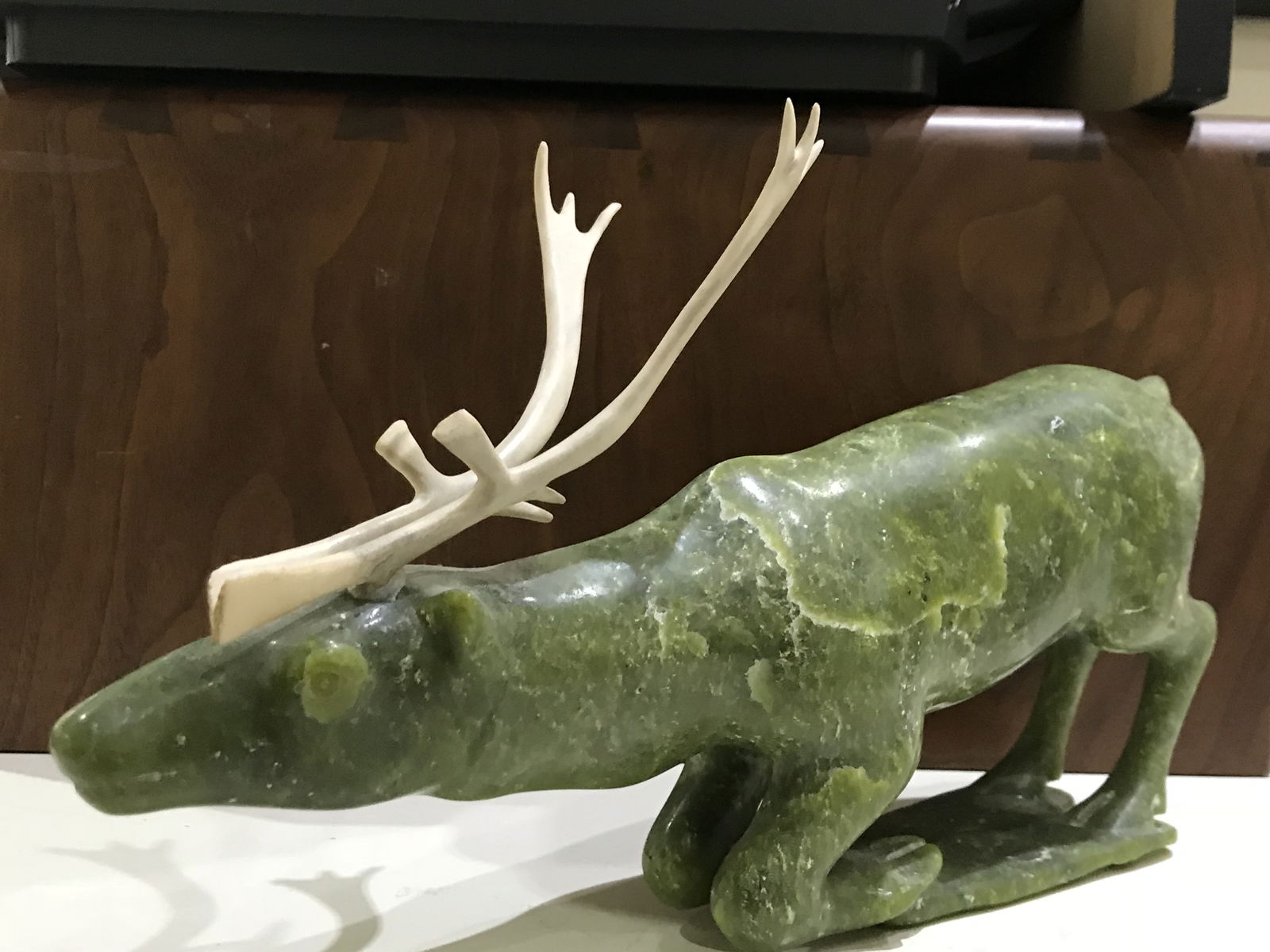
Inuit sculpture of a kneeling caribou carved from lime-green serpentine by Jakobie Adamie from Cape Dorset, Baffin Island in Hudson Bay.
A year later for my fiftieth birthday, my son Anton gave me an Inuit sculpture of a kneeling caribou carved from lime-green serpentine by Jakobie Adamie from Cape Dorset, Baffin Island in Hudson Bay. Jakobie Adamie? Who has ever heard of him? Cape Dorset, Baffin Island? Where the heck is that? There was something satisfying and adventuresome – even creative – in learning to link the obscure names of Inuit artists with their work in Arctic places I never heard of. Almost everyone has heard of Renoir or Michelangelo, or Paris or Rome. These great artists and art centers are common knowledge. But Jakobie Adamie from Cape Dorset?
Yet, that little ivory bear was a work of art.
My appetite for and appreciation of Inuit sculptures grew, and I had no predetermined end point as I collected; I had no line to cross or amount that would satiate me. My Inuit art acquisitions were like my science publications: exhilarating moments that set the scene for more in the future.
Knowledge, like experience, accrues bit by bit, and I learned that collecting was more interesting than simply accumulating, or shopping as one person called it.
I had not planned to collect Inuit art; it sprouted from me, serendipitously. What started as an attraction became a pleasurable activity, a hobby that grew in importance, then a love and a passion, which led to a significant collection that outgrew me. It was like a child that I conceived and nurtured to an adult with its own autonomy. That alone is a great satisfaction.
Stay tuned: In the next few blogs I will continue to explore thoughts about collecting and my Inuit art collection.


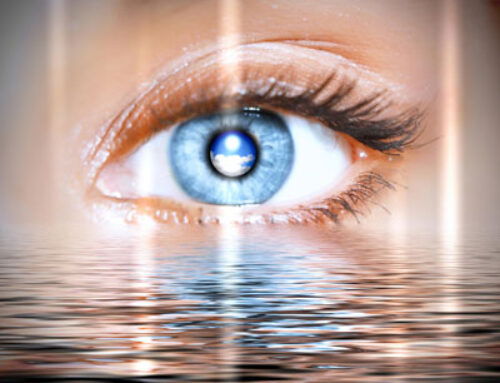
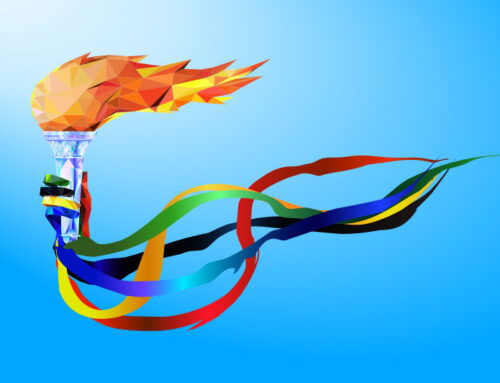
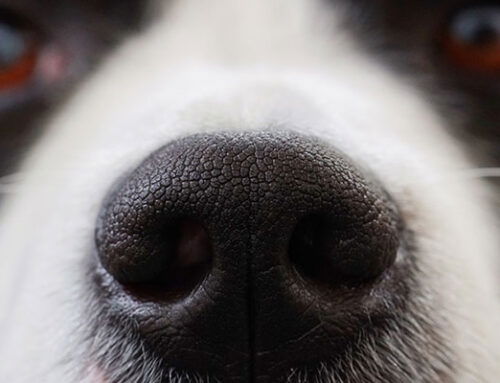
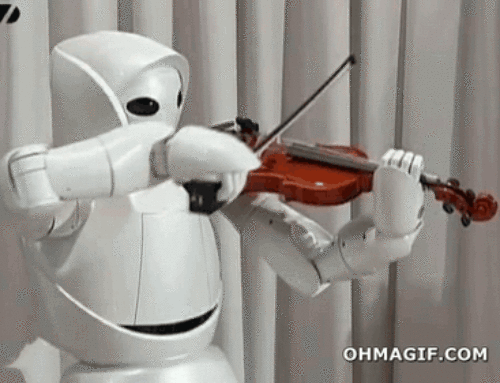
Informative! I enjoyed reading it. And you are an AWESOME writer. Regards,
Lovely piece. Would like to see one about your pen collection as well!
Great blog!